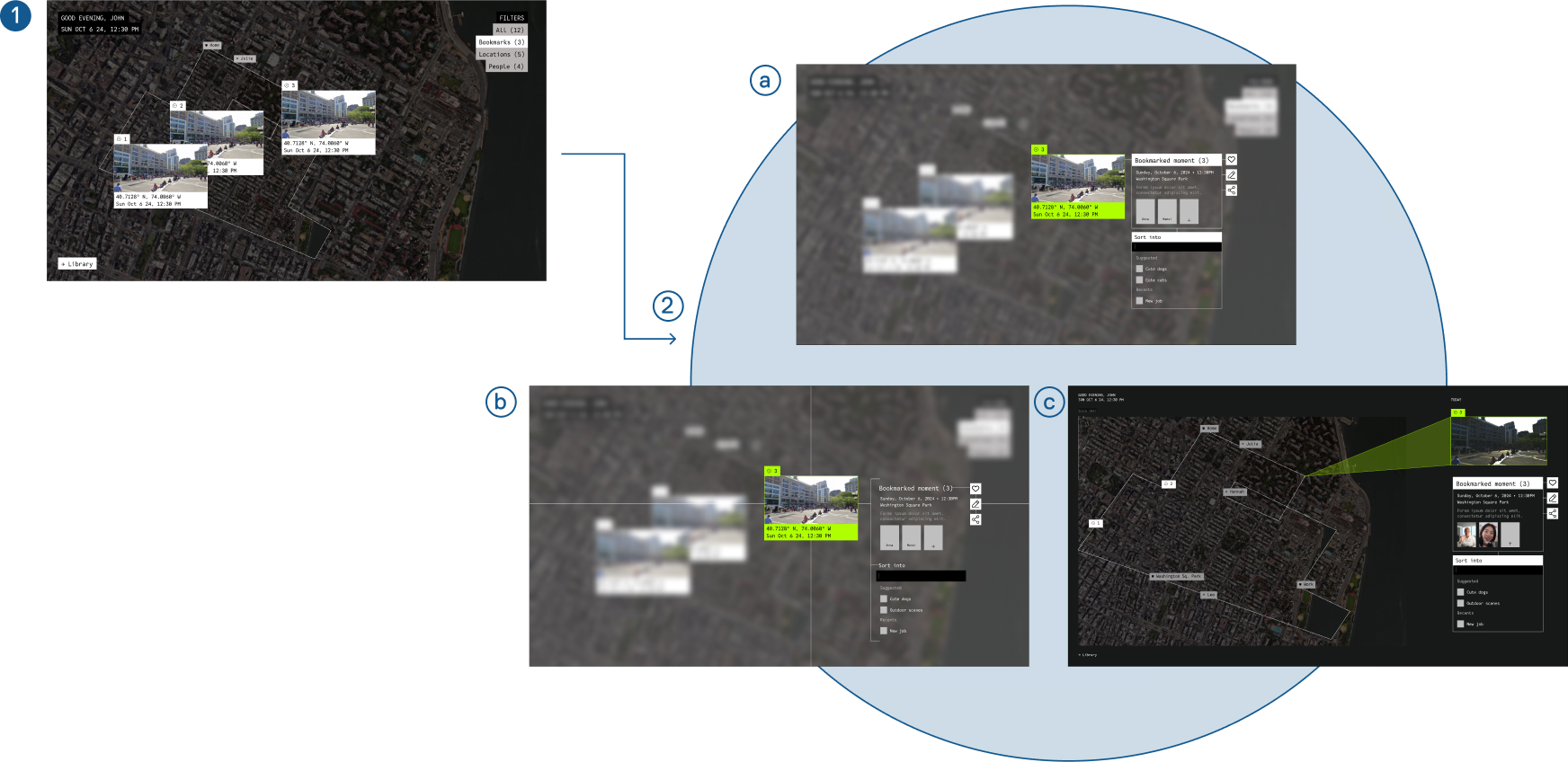Raven
Overview
A recording implant from a speculative future in which humans rely upon technological assistance to remember their own experiences. An exploration of large-scale data management, novel interfaces, privacy, and ethics.
Responsibilities
- Digital Product Designer
- UX Researcher
- Visual Designer
Tools
- Figma
- FigJam
- Adobe AfterEffects
Team
- Hansi Zhu (me!)
- Anna Bui, co-designer
Timeline
Sep–Nov 2024

















